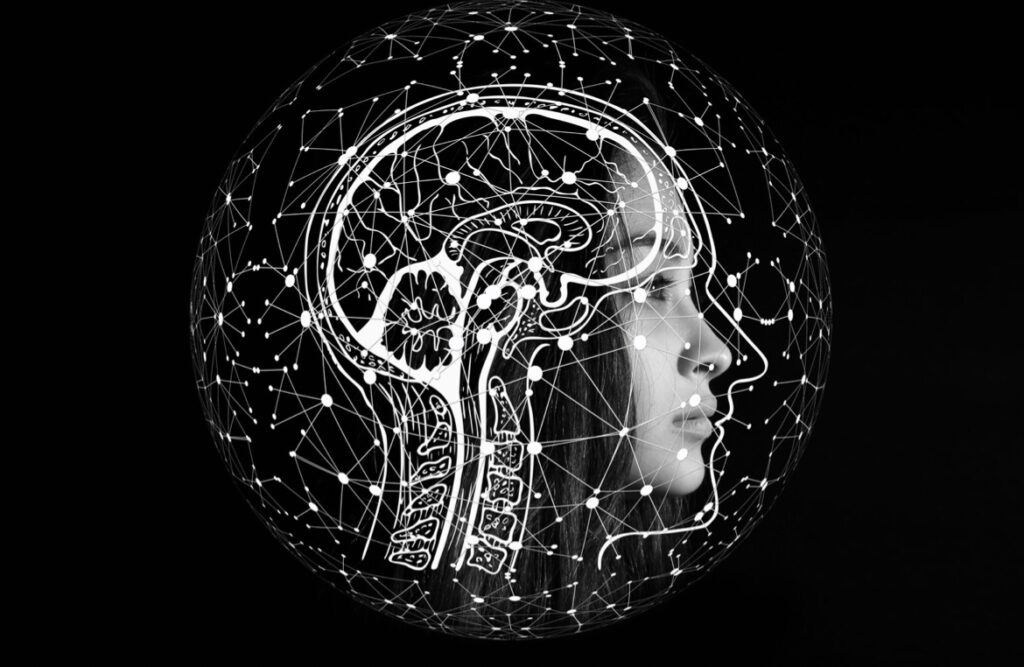
The human brain is a magnificent three-pound organ. It is the seat of our intelligence, initiates all our body movement and controls our behavior. As we all age, the incidence of neurodegenerative diseases is expected to markedly increase. Our health and longevity depend on the brain’s prowess. Brain aging is a key precursor to declines in cognitive function, which increase the risk for dementia and neurodegenerative diseases. Some 100 million Americans will suffer from devastating brain disorders at some point in their lives. We need to take care of our noggins.
Healthy brain aging requires one powerful factor: exercise. Exercise reduces all major hallmarks of brain aging. Having greater cardio fitness in older adults is also associated with improved decision-making and may influence network functional connectivity in the hippocampus, the complex brain structure responsible for learning and memory.
Lying in its bony sheath and sheltered in protective fluid, the brain is the source of all the qualities that define our humanity. Within, the brain texture is like a firm jelly, housing about 86 billion neurons (nerve cells), the “grey matter,†along with billions of nerve fibers, the “white matter,†connected by trillions of synapses. Exercise is a giant metabolic switch. It switches on all these neurons and stimulates multiple key energy-sensing pathways in the brain.
Regular exercise is like miracle-grow for cellular function. If you aren’t already a regular aerobic exerciser, start using it as a first-line strategy for healthy brain aging.
The ability to clearly think, learn and remember is an important component of going about each day. It is one of the many aspects of brain health. Motor function—how you control movement and balance—is another. Brain health also involves emotional function, how well you interpret and respond to both pleasant and unpleasant feelings. Add to that tactile function of touch, pressure pain and temperature. When the brain is healthy, these essential functions are automatic and quick.
Exercise is one of the best strategies for slowing down all major hallmarks of brain aging, largely because it activates key cellular energy-sensing pathways. This enhanced energy metabolism with exercise is important because the proteins and cellular pathways involved can also directly influence other hallmarks. The cellular functions are vast; glucose transport (brain food) and enhanced glucose utilization, regulated glycolysis, respiration and energy-metabolizing enzymes. Also activated at the cellular level is the turnover of proteins and macromolecules that can be used for energy. These signaling proteins also impact gene expression, plasticity and memory formation. In fact, habitual aerobic exercise can lower levels of biomolecule damage in the brain. When you exercise, you literally repair DNA.
So the next time you decide to get up off the couch and out the door for some fresh air and exercise, remember that little brain of yours is well worth cherishing for a long, happy life.
